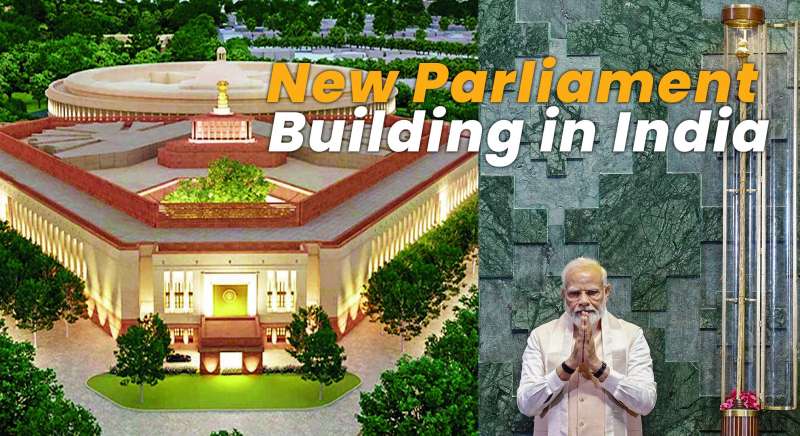

Prime Minister Narendra Modi on May 28 placed the historic Sengol near the Lok Sabha Speaker’s chair in the newly built Parliament building. The Sengol is a ceremonial sceptre that is believed to have been used by the Chola kings of ancient South India. It is made of gold and is encrusted with precious stones. The sceptre is a symbol of power and authority, and its placement in the new Parliament building is seen as a way of reaffirming India’s sovereignty and democracy.
Here are some key facts about the Sengol:
• It is made of gold and is encrusted with precious stones.
• It is believed to have been used by the Chola kings of ancient South India.
• It is a symbol of power and authority.
• Its placement in the new Parliament building is seen as a way of reaffirming India’s sovereignty and democracy.
The Sengol was handed over to Prime Minister Modi by a delegation of priests from the Dharmapuram Adheenam, a Hindu monastery in Tamil Nadu. The delegation also presented the Prime Minister with a copy of the Tirukkural, a Tamil classic that is considered to be a guide to living a virtuous life.
In his address after placing the Sengol, Prime Minister Modi said that the sceptre was a reminder of India’s rich history and culture. He said that the new Parliament building would be a symbol of India’s progress and prosperity.
The installation of the Sengol in the new Parliament building is a significant event that is likely to have a lasting impact on India’s political and cultural landscape. The sceptre is a reminder of India’s rich history and culture, and its placement in the new Parliament building is a way of reaffirming India’s sovereignty and democracy.
Why Is New Parliament Building Triangular-Shaped?
The new Parliament building is triangular in shape for a number of reasons:
• The plot of land that it is built on is triangular.
• The shape incorporates various design and metaphorical elements.
• The shape is a nod to the sacred geometry in various religions.
• The triangular design also maximized space utilization.
Interesting Facts About the New Parliament Building
• The new building has three main entrances: Gyan Dwar, Shakti Dwar, and Karma Dwar, as well as separate entrances for VIPs, Members of Parliament, and guests.
• Both the Lok Sabha and the Rajya Sabha have retained their historic colours of green and red, respectively.
• The new Parliament building reflects India’s diverse culture with carpets from Mirzapur in Uttar Pradesh, bamboo flooring from Tripura and stone carvings from Rajasthan.
• The design of the new Lok Sabha is inspired by the peacock.
• The new Rajya Sabha is inspired by India’s national flower, the lotus.
• Both Houses of the new Parliament receive natural light from the outside.
• The cutting-edge ‘Constitutional Hall,’ a new addition to the Parliament complex, symbolically and physically places citizens “at the heart of democracy.”
• The hall would highlight India’s democratic history.
• There is also a lounge for MPs where they may hang out and talk with colleagues and peers, a library, various committee rooms, dining places, and plenty of parking.
• The central lounge complements the open courtyard, which has the national tree ‘Banyan’, symbolising India’s values, strength and vision.


